In the ever-evolving realm of portable gaming, two titans have emerged, each vying for the affection of gamers worldwide: the Nintendo Switch OLED and the Steam Deck. Both devices offer a unique blend of functionality, design, and an extensive library of games, yet they cater to different segments of the gaming community. The Switch OLED enchants with its vibrant visuals and family-friendly titles, while the Steam Deck beckons with the power of a full-fledged gaming PC in your hands. As players seek the ultimate portable experience, the question arises: which device ultimately reigns supreme? Join us as we delve into a thorough comparison that explores design, performance, game libraries, and more, to determine once and for all—how do these two portable powerhouses stack up against each other?
Portability and Design: An In-Depth Look at Form Factors
When evaluating the Nintendo Switch OLED and the Steam Deck, it is essential to consider their respective form factors, as they directly influence portability and user experience. The Nintendo Switch OLED boasts a sleek, lightweight design, weighing in at just around 0.93 pounds (420 grams). Its dimensions make it easy to slip into a bag or carry under one arm while you’re on the go. The vibrant 7-inch OLED screen enhances the versatility of the device, allowing for stunning visuals whether you’re playing in handheld mode or docked to your TV. This adaptability appeals to casual gamers who appreciate a seamless transition between different gaming environments.
In contrast, the Steam Deck presents a more robust option, designed for gamers seeking a full-fledged PC gaming experience. weighing approximately 1.47 pounds (669 grams), the Steam Deck is bulkier and slightly less portable, yet offers bold advantages in power and software capabilities. Its larger 7-inch touchscreen, combined with customizable controls, caters to those looking for a more immersive experience. Here’s a quick comparison of key features between the two devices:
| Feature | Nintendo Switch OLED | Steam deck |
|---|---|---|
| Weight | 0.93 lbs (420 g) | 1.47 lbs (669 g) |
| Screen Size | 7 inches OLED | 7 inches LCD |
| Battery Life | 4.5 – 9 hours | 2 - 8 hours |
| Game Library | Nintendo eShop | Steam Platform |

Display Quality and Performance: Comparing Screens and Graphics
The Nintendo Switch OLED has certainly made waves in the portable gaming arena with its vibrant 7-inch OLED display. Gamers revel in the deeper blacks and enhanced color saturation that the OLED technology brings, which not only elevates visual experiences in games but also makes navigating menus and interfaces more enjoyable.In addition to the stunning display, the Switch OLED offers a resolution of 720p in handheld mode, perfect for on-the-go gaming. Despite its lower pixel count compared to competitors, the quality of the screen makes up for it, allowing players to immerse themselves in titles like “Breath of the Wild” and ”Metroid Dread” with stunning graphics and smooth gameplay.
On the other hand, the Steam Deck boasts a 7-inch LCD display with a resolution of 1280 x 800, providing a crisp visual experience that’s tailored for PC gamers seeking portability. Its higher resolution lends itself well to the more demanding graphic requirements of PC titles. With a 16:10 aspect ratio, games appear more expansive and detailed, which is particularly beneficial for titles that require precision. Moreover, the Steam Deck supports higher frame rates and graphic settings due to its more powerful hardware, allowing it to compete with a variety of gaming experiences. Here’s a side-by-side comparison of the two devices:
| Feature | Nintendo Switch OLED | Steam Deck |
|---|---|---|
| Screen Size | 7-inch OLED | 7-inch LCD |
| Resolution | 720p | 1280 x 800 |
| Aspect Ratio | 16:9 | 16:10 |
| Color Depth | Rich, vibrant colors | Standard color reproduction |
| Gaming Experience | Optimized for console titles | Broad range of PC titles |
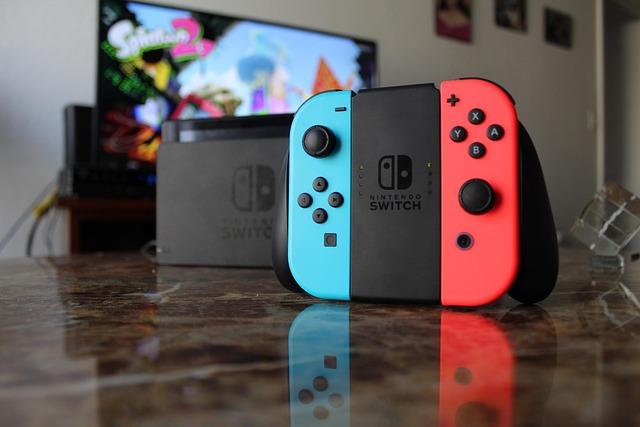
Game library and Ecosystem: Which Device Offers More value?
The battle between the Nintendo switch OLED and the Steam Deck extends far beyond mere hardware; it dives deep into the vastness of their game libraries and ecosystems. The Nintendo Switch boasts a rich collection of exclusive titles that have captivated audiences for years. Games like the Legend of Zelda: Breath of the Wild, Super Mario Odyssey, and the Animal Crossing: New Horizons highlight a selection that blends nostalgia with innovative gameplay. Nintendo’s ecosystem also thrives on its family-friendly appeal, perfect for casual gamers and families. The seamless portability of the Switch allows players to enjoy this curated library anywhere, whether on the couch or on the go.
On the flip side, the Steam Deck taps into the expansive world of PC gaming. with access to an extensive library available on Steam, users can dive into diverse genres and preferences. The flexibility of this ecosystem means players can indulge in anything from indie gems to AAA blockbusters, as well as countless mods and custom content. Here are some notable aspects of each device’s game library:
| Feature | Nintendo Switch OLED | Steam Deck |
|---|---|---|
| Exclusive Titles | ✔️ Strong exclusives like Mario & Zelda | ❌ Fewer exclusives; relies on third-party games |
| Game Diversity | ✔️ Family-friendly selection | ✔️ Wide variety from indies to AAA |
| Modding Support | ❌ Limited modding capabilities | ✔️ Extensive modding options |
| Online Multiplayer | ✔️ Nintendo Switch Online | ✔️ Steam multiplayer features |
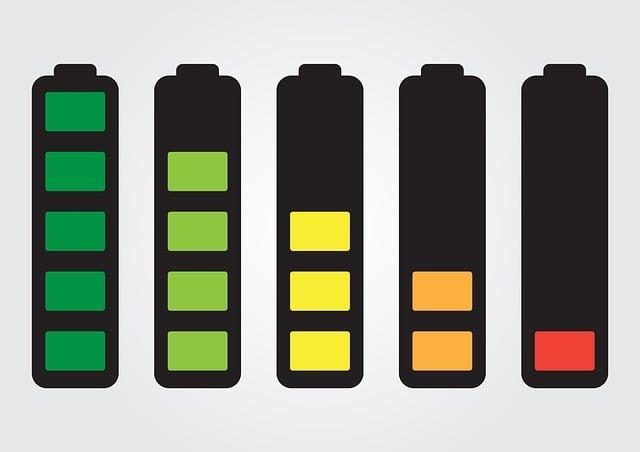
Battery Life and Usability: Assessing Longevity and Comfort During Play
When it comes to prolonged gaming sessions, the battery life of each device plays a critical role in user satisfaction. The Nintendo Switch OLED boasts a battery life that can last between 4.5 to 9 hours depending on the game being played, offering a solid range for casual gamers.in contrast, the Steam Deck provides a somewhat shorter battery life, typically around 2 to 8 hours. However, there are several factors to consider, such as the Steam Deck’s more powerful hardware, which may demand more energy for graphically intensive games. The variability of both can make choosing the ideal device a bit of a balancing act, emphasizing the need for a tailored approach based on individual gaming habits.
Usability is not solely about battery longevity; it’s also about comfort during extended play. The Nintendo switch OLED offers a sleek, lightweight design that promotes a natural grip and invites longer gaming marathons without discomfort. Its vibrant 7-inch screen enhances the experience,especially when couch co-op gaming with friends. simultaneously occurring, the Steam Deck, while larger and slightly heavier, compensates with its customizable controls and a built-in trackpad that accommodates a variety of play styles.Each device has its unique take on ergonomics, and preferences will vary, making it essential for gamers to consider their own gaming surroundings and how each device fits into it.
In Summary
the choice between the Nintendo Switch OLED and the Steam Deck comes down to what you value most in your portable gaming experience. The Switch OLED dazzles with its vibrant display and a vast library of exclusive titles, perfect for gamers who cherish Nintendo’s iconic franchises. Meanwhile, the Steam Deck offers unparalleled versatility and access to a vast library of PC games, catering to those who seek a more expansive and customizable experience.Ultimately, both devices bring something unique to the table, each carving its niche in the evolving landscape of portable gaming. Whether you lean towards the charm of Nintendo or the power of PC gaming, you’ll find joy in the immersive worlds they offer. As technology continues to advance, these experiences will only improve, inviting you to embark on countless adventures—no matter which device you choose. So, arm yourself with knowledge, consider your gaming habits, and pick the device that speaks to you. Happy gaming!


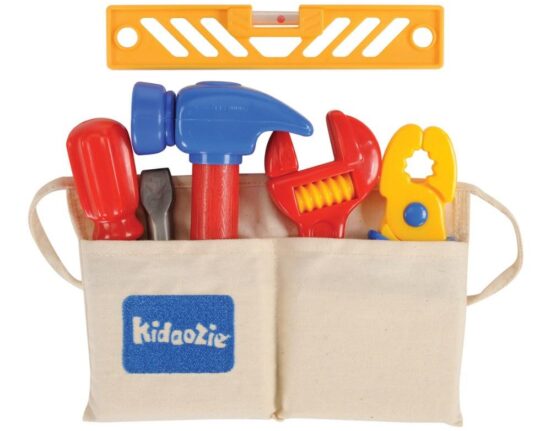







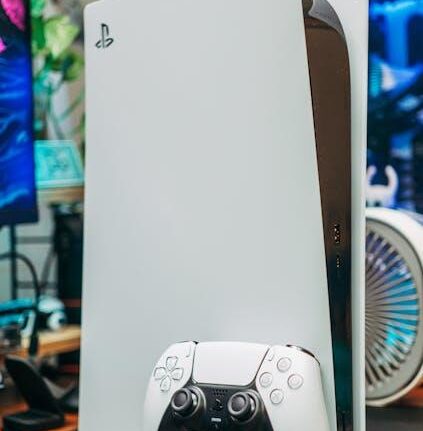
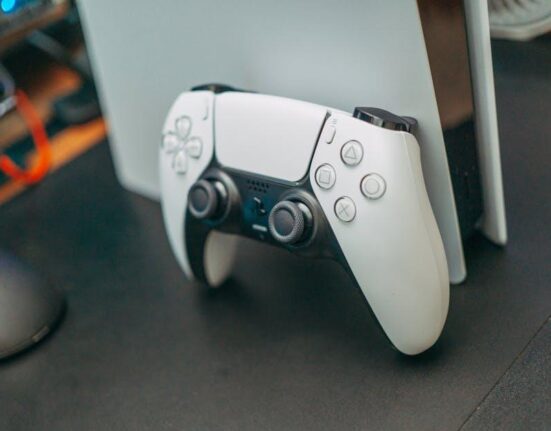

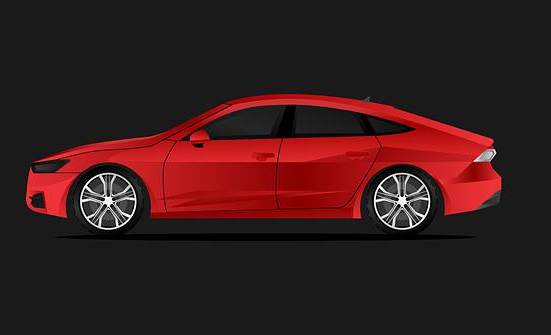

Leave feedback about this